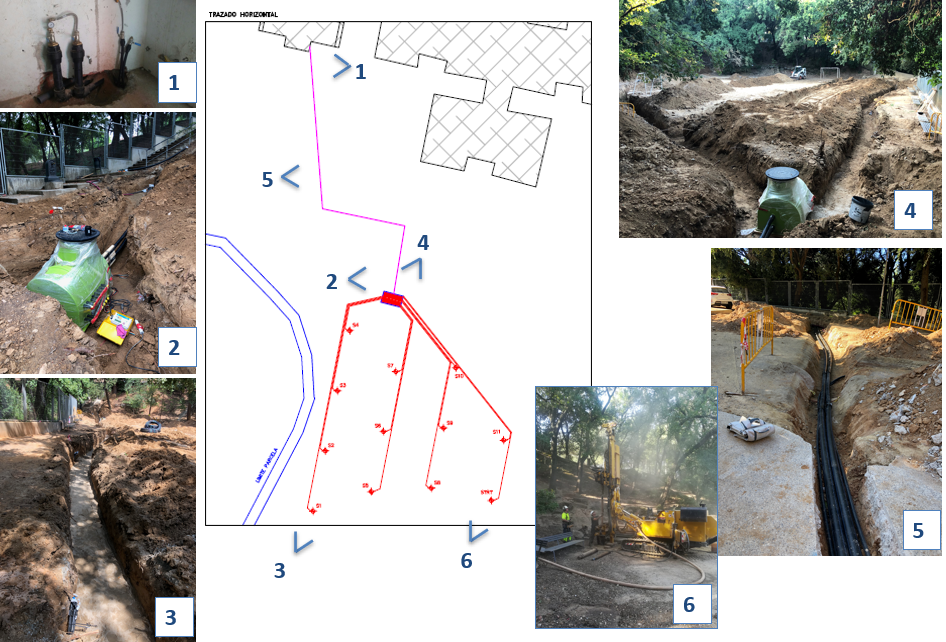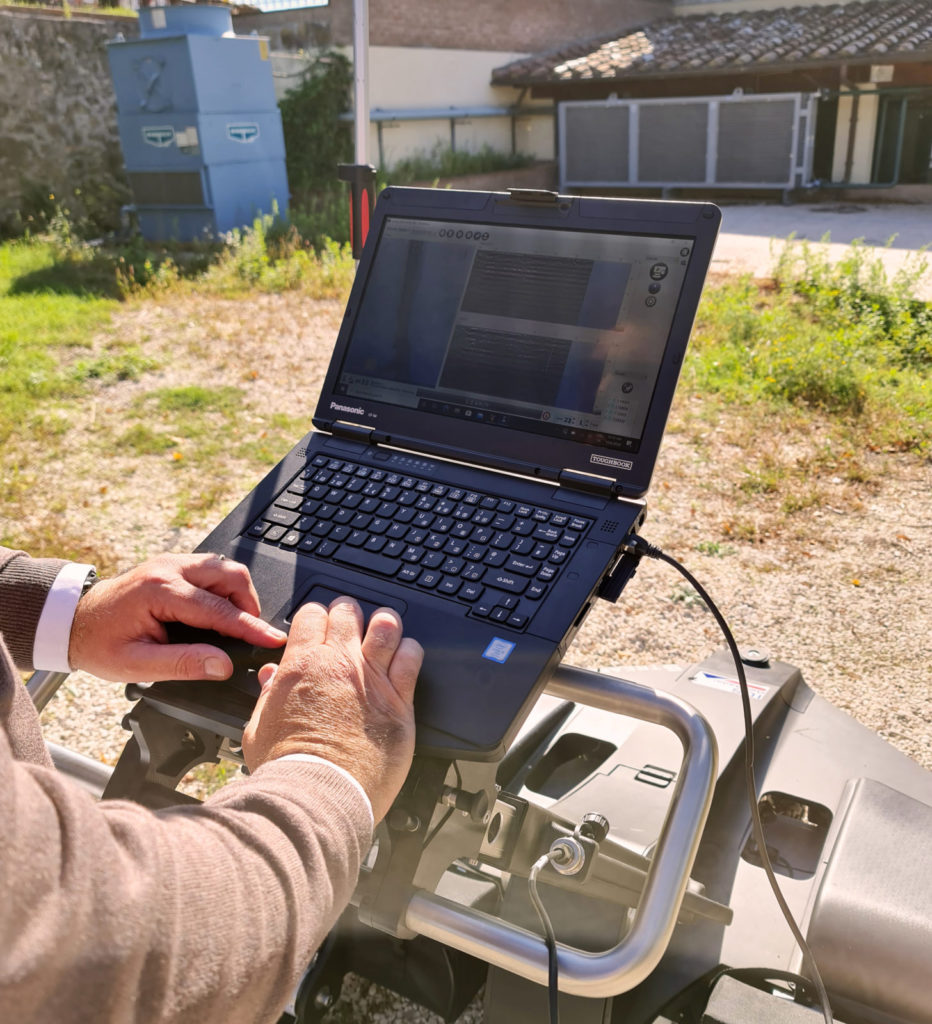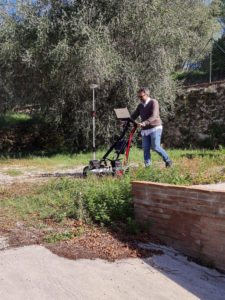The GEOFIT consortium successfully held our 6th General Assembly (GA) on November 4th and 5th, 2020, hosted remotely by R2M Solution. Important progress has been carried concerning the design of the GEOFIT systems to be installed in each of our five pilots. And although we are facing some delays during this installation phase due to the COVID-19 sanitary situation, the geothermal field in the school of Sant Cugat has been completed during the summer and installation at other pilots is planned to start before the end of the year.

Drilling and civil works for the horizontal connection to the plant room in Sant Cugat pilot (AJSC)
During the two-day meeting, we discussed the progress of our work and individual Work Packages, putting special focus on the pilots’ progress. The project moves in the right direction and the work is getting more advanced.
Among the progress included in the partners’ presentations, overviews on the last decisions made regarding the Bordeaux and Galway pilots were shown by NUI GALWAY and NOBATEK, progress on the engineering design tool for ground heat exchangers was shown by GROENHOLLAND, as well as how the GeoBIM platform is being implemented by IDP in the more advanced demo-sites, Sant Cugat and Perugia.
Two workshops were also organized during the GA, the first one to discuss the life cycle approach within the project context, led by EURECAT, and the second one to start analyzing the pilot business cases and discuss why Geothermal is an appealing technology for building retrofitting, led by R2M.
The meeting closed by setting up the next steps and plans for the upcoming six months.










